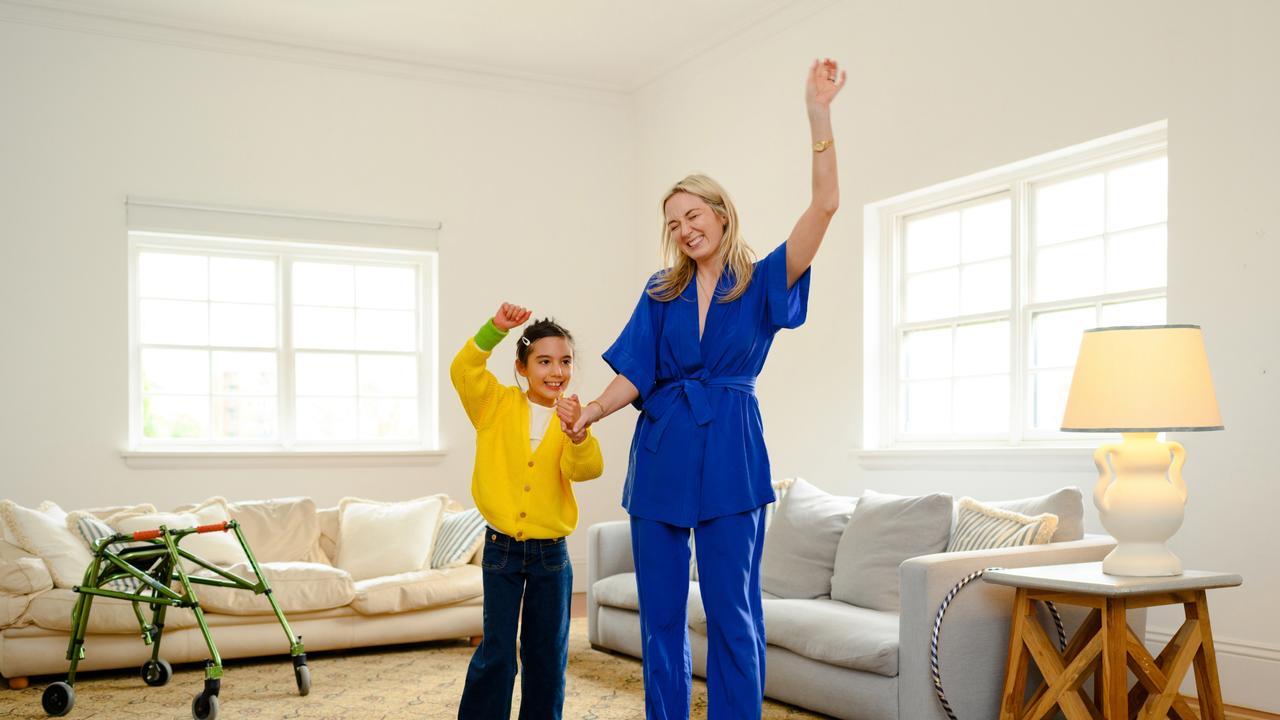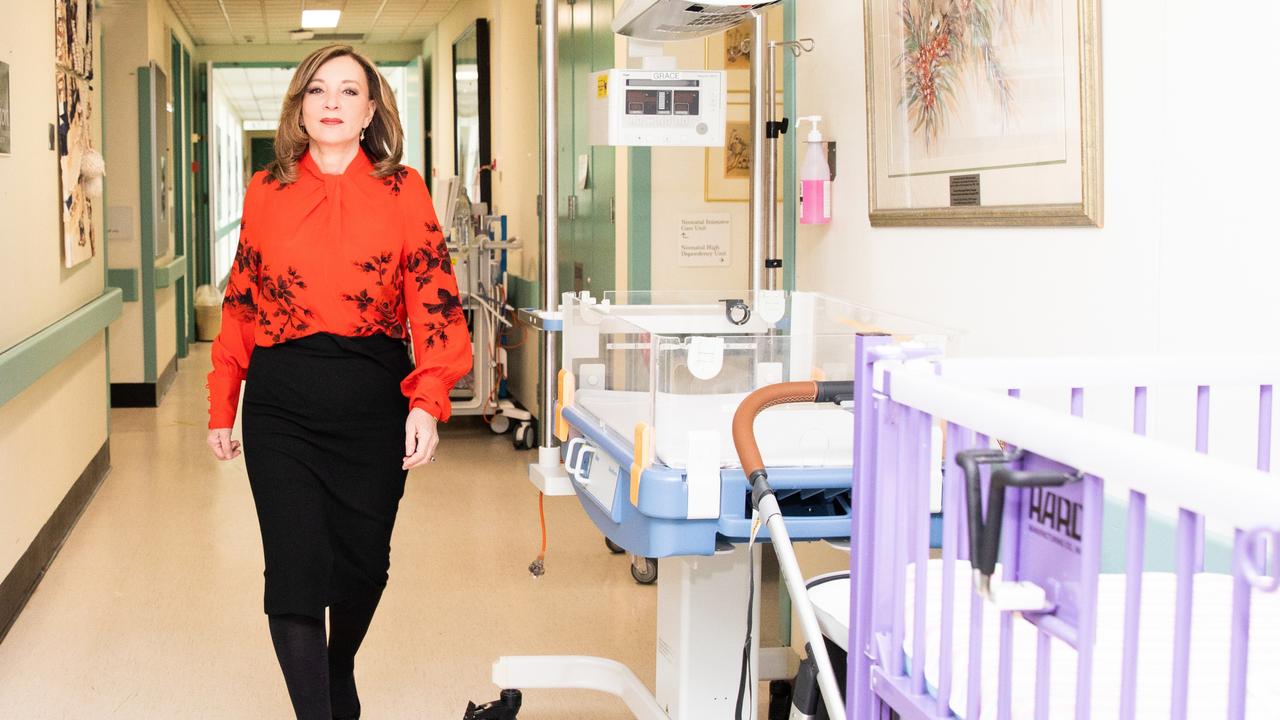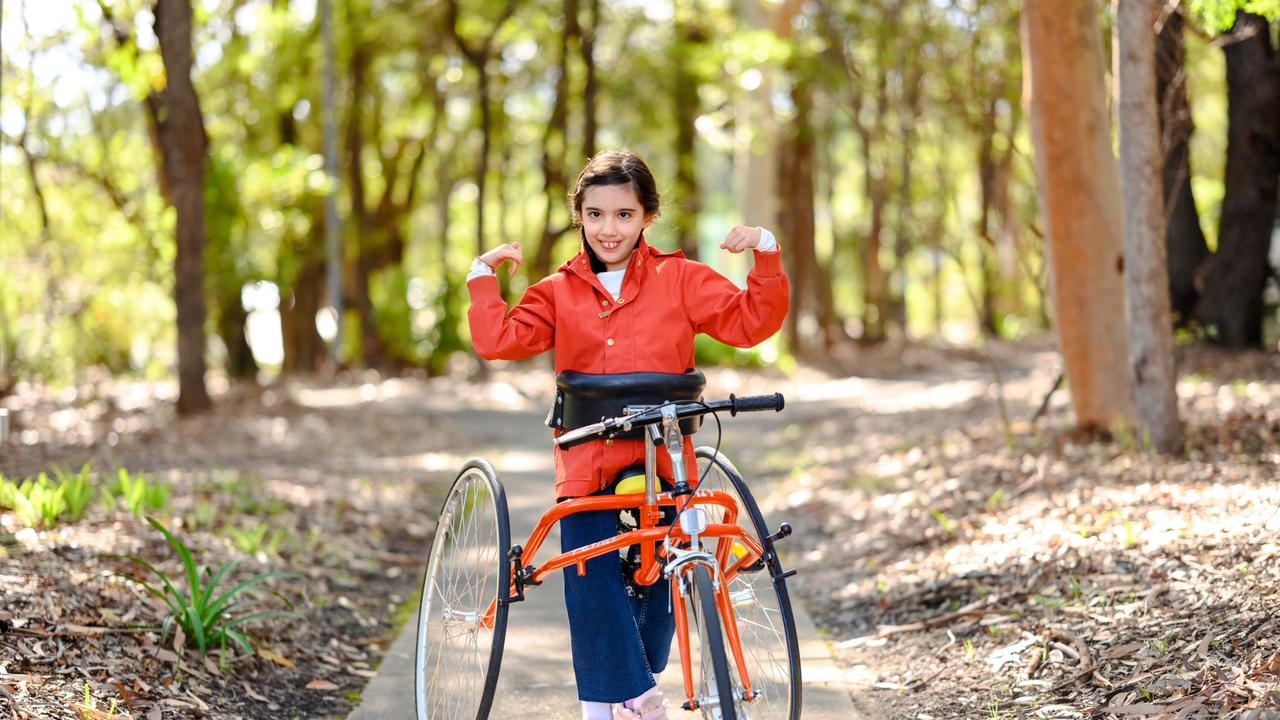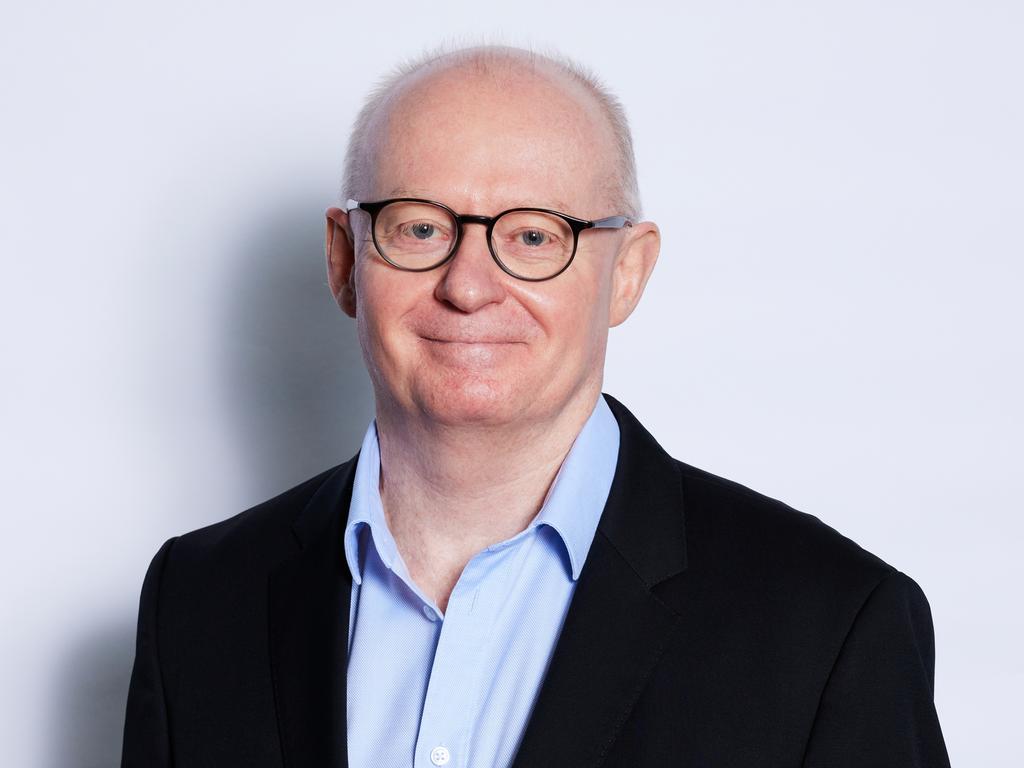Step into September: Join STEPtember to boost your health and support breakthroughs in cerebral palsy care
Fundraising from STEPtember has helped Australia become a leader in cerebral palsy treatment. Here’s your chance to get involved and make a difference.
Putting your health and fitness first has never been more rewarding.
With spring fast approaching, Aussies are being urged to ramp up their daily steps for STEPtember to not only improve their health but help people with cerebral palsy – a group of disorders affecting a person’s ability to move and maintain posture and balance, often caused by abnormal brain development before birth.
Founded by the Cerebral Palsy Alliance in 2010, the fundraising challenge calls on participants to walk, swim, ride, wheel or spin the equivalent of 10,000 steps every day next month.

To date, STEPtember has raised more than $101 million and helped Australia become a global leader in cerebral palsy treatment through establishing three Early Diagnosis Clinics.
Professor Nadia Badawi, chair of research at the CPA Research Institute, said techniques they developed were helping the early diagnoses of hundreds of children with cerebral palsy.
“The combination of … three assessments – General Movements Assessment, neuroimaging at birth and neurological exam – have been found to be 98 per cent accurate in detecting cerebral palsy,” she said.
She said the EDCs gave infants and families access to world class diagnostic services, ensuring the infants were fast tracked into the right types of early interventions, while supporting families through the diagnosis process.
“Historically, if parents had concerns about the development of their baby, a ‘wait and see’ approach was applied … in the hope that their baby may ‘grow out of’ their problems,” Prof Badawi said.

“We now know that an infant brain has the potential to change through a process called neuroplasticity [and] to make the most of [this], babies need access to the right types of early interventions as soon as possible after their brain injury to increase the chance of improving their ability to move and play.”
STEPtember trainer Tilly Avramides, 10, was diagnosed with cerebral palsy when she was nine-months-old after mum Joanna Avramides had contracted cytomegalovirus (CMV) during her pregnancy.
“After Tilly was born, she was asymptomatic,” Avramides said.
“It wasn’t until she started missing milestones at around that four, five month mark – she wasn’t holding her head up, she couldn’t roll over, there were no signs of sitting or crawling – so I really pushed to get a diagnosis.

“I’d never met someone with cerebral palsy before, I didn’t know what the road map was like so having a point where people could say ‘OK, physio for this, speech for this, occupational for therapy …’ it was just life-changing and also got me to meet other parents as well who were lifelines for that early, incredibly confusing time.
“STEPtember’s a really good opportunity for Tilly and her brother and sister to talk about cerebral palsy and just to raise awareness about why Tilly’s in a wheelchair, why she uses her sticks but also it includes her because she can take part in raising money and also moving in ways that she can.”
CPA CEO Rob White said STEPtember had become “Australia’s favourite and largest health and wellbeing virtual fundraising challenge” and each year helped them a step closer to deliver “a world of opportunity for all people with cerebral palsy, regardless of their location”.
“Earlier this year, our researchers published new data which found that 30 per cent of people with cerebral palsy live in regional, rural or remote Australia,” he said.

“It’s vital that these families also receive equitable access to the best services, and every year we support hundreds of clients across regional areas – we have several therapy centres in locations like Alstonville, Dubbo, Maitland and Nowra.
“We also have dedicated outreach therapists, deliver thousands of hours of telepractice every year and even employ a team of ‘fly in, fly out’ therapists to support clients in remote areas.”
More Coverage
Mr White said the combined work of researchers, health systems and staff across Australia, along with leadership from CPA had resulted in a 40 per cent decrease in the rate of cerebral palsy.
“That is a drop from 1 in 400 to 1 in 700 live births in Australia,” he said.
Register to take part in STEPtember at steptember.org.au





